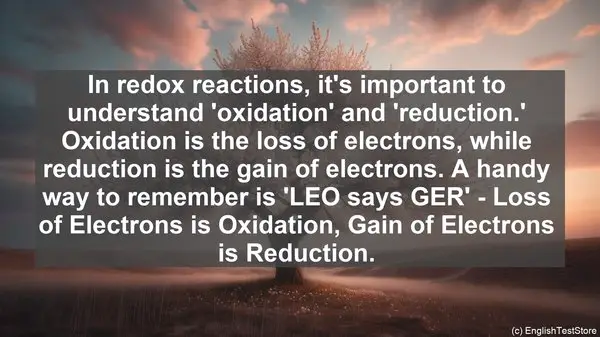Introduction
Welcome back to our chemistry class. Today, we have an interesting topic to discuss – the top 10 commonly confused words in chemistry. As you know, mastering the language of chemistry is crucial for a deeper understanding of the subject. So, let’s dive right in!
1. Element vs. Compound
The first pair of words that often cause confusion is ‘element’ and ‘compound.’ An element is a substance that cannot be broken down into simpler substances, while a compound is a substance formed by the chemical combination of two or more elements. Remember, elements are the building blocks, and compounds are the result of their combination.

2. Mixture vs. Solution
Next, we have ‘mixture’ and ‘solution.’ A mixture is a combination of two or more substances that are physically mixed but not chemically bonded. On the other hand, a solution is a homogeneous mixture where one substance is dissolved in another. Think of a glass of lemonade – it’s a solution where the sugar is dissolved in water.
3. Acid vs. Base
Moving on, let’s clarify the difference between ‘acid’ and ‘base.’ Acids are substances that release hydrogen ions when dissolved in water, while bases release hydroxide ions. Acids are often sour and can corrode metals, while bases are bitter and can feel slippery. The pH scale is used to measure the acidity or basicity of a substance.
4. Exothermic vs. Endothermic
Now, let’s talk about ‘exothermic’ and ‘endothermic’ reactions. An exothermic reaction releases heat to the surroundings, while an endothermic reaction absorbs heat from the surroundings. Remember, ‘exo’ means ‘out,’ so in an exothermic reaction, heat is going out of the system.
5. Oxidation vs. Reduction
In redox reactions, it’s important to understand ‘oxidation’ and ‘reduction.’ Oxidation is the loss of electrons, while reduction is the gain of electrons. A handy way to remember is ‘LEO says GER’ – Loss of Electrons is Oxidation, Gain of Electrons is Reduction.
6. Isotope vs. Ion
Let’s now differentiate between ‘isotope’ and ‘ion.’ An isotope is an atom of an element with a different number of neutrons, while an ion is an atom or molecule with a net electrical charge due to the gain or loss of electrons. Isotopes have the same atomic number but different mass numbers, while ions have different numbers of electrons.
7. Homogeneous vs. Heterogeneous
When it comes to mixtures, we have ‘homogeneous’ and ‘heterogeneous.’ A homogeneous mixture has the same composition throughout, while a heterogeneous mixture has different regions with different compositions. Think of a glass of milk – it’s homogeneous, but if you add chocolate syrup, it becomes heterogeneous.
8. Catalyst vs. Inhibitor
Now, let’s discuss ‘catalyst’ and ‘inhibitor.’ A catalyst increases the rate of a chemical reaction without being consumed, while an inhibitor slows down or prevents a reaction. Catalysts provide an alternative reaction pathway with lower activation energy, while inhibitors increase the activation energy.

9. Solute vs. Solvent
In a solution, we have the ‘solute’ and the ‘solvent.’ The solute is the substance that is dissolved, while the solvent is the substance in which the solute is dissolved. For example, in a saltwater solution, salt is the solute, and water is the solvent.
10. Empirical vs. Molecular Formula
Lastly, let’s talk about ’empirical’ and ‘molecular’ formulas. An empirical formula gives the simplest ratio of elements in a compound, while a molecular formula gives the actual number of atoms of each element. For example, the empirical formula of hydrogen peroxide is HO, while the molecular formula is H2O2.
